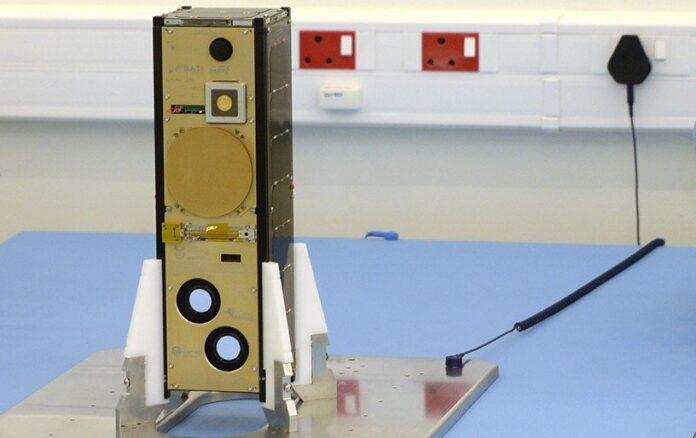
The Ministry of Science and Innovation has invested about 18.9 million R18 in the development of two nanosatellites to raise awareness of marine domains in South Africa. This is the first such initiative for the country to provide communication services to the maritime industry.
Funding was channeled through the Agency for Technological Innovation (TIA), a DSI entity, to the Cape Peninsula University of Technology (CPUT), an institution that plays a leading role in the expansion of space science and technology in South Africa. The university has developed advanced nanosatellites and CubeSats over the years, demonstrating advanced technological capabilities in the country’s space industry.
South Africa needs a more strategic and coordinated approach to ensure optimal monitoring of coastal waters, including shipping within the country’s exclusive economic zone. This will promote improved awareness of maritime domains and improved maritime security.
The two nanosatellites in the marine industry will be powered by M2MSat technology, in the form of a modern VHD data exchange system (VDES), software-defined machine-to-machine (M2M) radio stations.
A software-defined radio system (SDR) uses software to modulate and demodulate radio signals, performing significant amounts of signal processing on a general-purpose computer. The technology brings flexibility, cost efficiency and power to propel communications forward, with far-reaching benefits.
The innovative SDR technology will provide emerging M2M and Internet of things applications capable of delivering complex analysis and ubiquitous positioning of high-value assets, as well as critical services, at a lower cost than the deployment of traditional satellite systems.
Developed as a collaboration between CPUT and local company Stone Three Communications, M2MSat technology advances modern space innovation, significantly improving CPUT’s ZACube-2 nanosatellite technology launched in 2018.
In the context of South Africa, the space industry ecosystem – including support for space engineering programs, human capacity development, infrastructure investment and technological innovation – is part of the high-end infrastructure sectors that are critical to the country’s economic recovery.
The development and commercialization of the M2MSat platform will position South Africa as a key contributor to space innovation worldwide, power in the space value chain, a growing partnership with industry and rapid monitoring of the creation and exploitation of space innovation.
Meanwhile, plans are underway to develop Denel’s Overberg Test Range (OTR) in the Western Cape as a facility to launch future CubeSats developed by CPUT.
OTR has already proven its ability to function as a launch pad. Earlier this month, researchers and students from the KwaZulu-Natal University’s Aerospace Systems Research Group successfully launched two hybrid rockets as part of the Phoenix hybrid sound rocket program.
The successful launch showed that one of the test missiles traveled 17.9 km in the air, achieving a new African hybrid record for altitude, a huge success for South African engineering and the development of Africa’s ability to launch satellite rockets. The second missile made an altitude of over 10 km with a payload of CPUT.

